Challenges that Forced RoboFab to Investigate New Solutions
1. Difficulty achieving consistent, high quality welds – RoboFab was experiencing inconsistencies in their final products due to the high cost and shortage of skilled welders, as well as having downtime and subcontract welders. “You always have new people coming in and out of your shop; and sometimes they’ll do a test weld and pass the test. And then they weld good for a week but at the end of the day there will be inconsistencies in the products due to human error on repetitive tasks.” Says Wade Eno, CEO of RoboFab.
2. The need to lower the cost of production by utilizing technology – Robofab was looking for a technology with lots of potential for growth that would lower the cost of their production. “We wanted to invest in a cutting-edge technology that would lower our production costs”, says Eno. “We also knew the inevitable that in 10 years all welding can be done with robotics and we wanted to be an early adopter”.
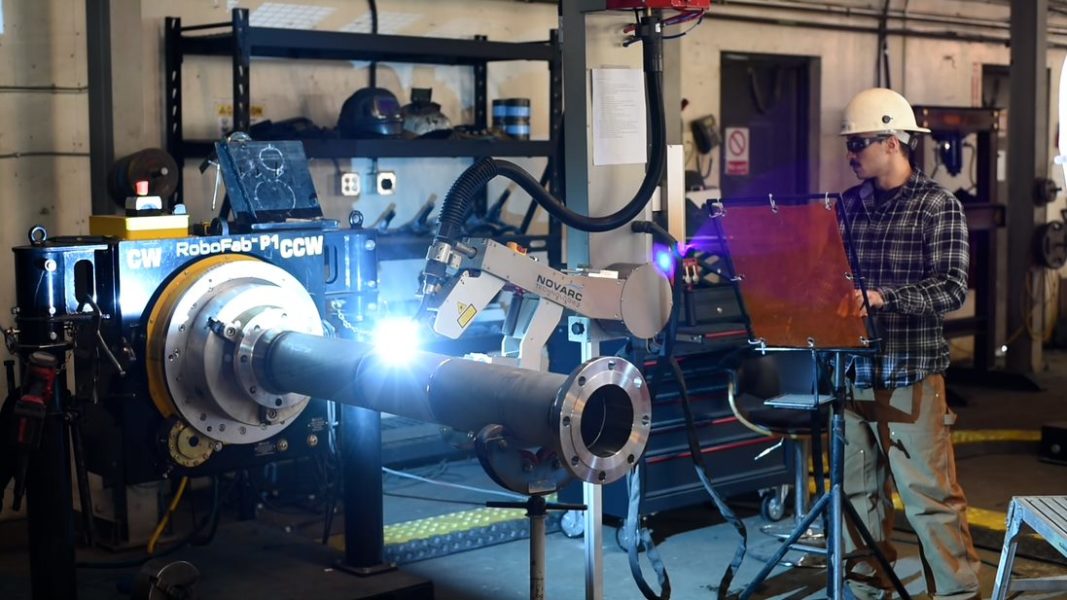
Novarc’s Spool Welding Robot (SWR) Solution
When they came across Novarc, RoboFab knew they had found the right solution that would address all the problems they were trying to solve. Once they had their first SWR up and running, it took them less than nine months to realize that the SWR was delivering the results they wanted. This made the decision to purchase a second SWR very easy for them.
Novarc’s Spool Welding Robot (SWR), is a cobot (collaborative welding robot) designed specifically for pipe, pressure vessel, and other types of 1G welding. Being a cobot, the SWR combats the shortage of highly qualified welders by working with a less experienced operator to significantly improve shop productivity, lower repair rates and produce high quality welds every single time.
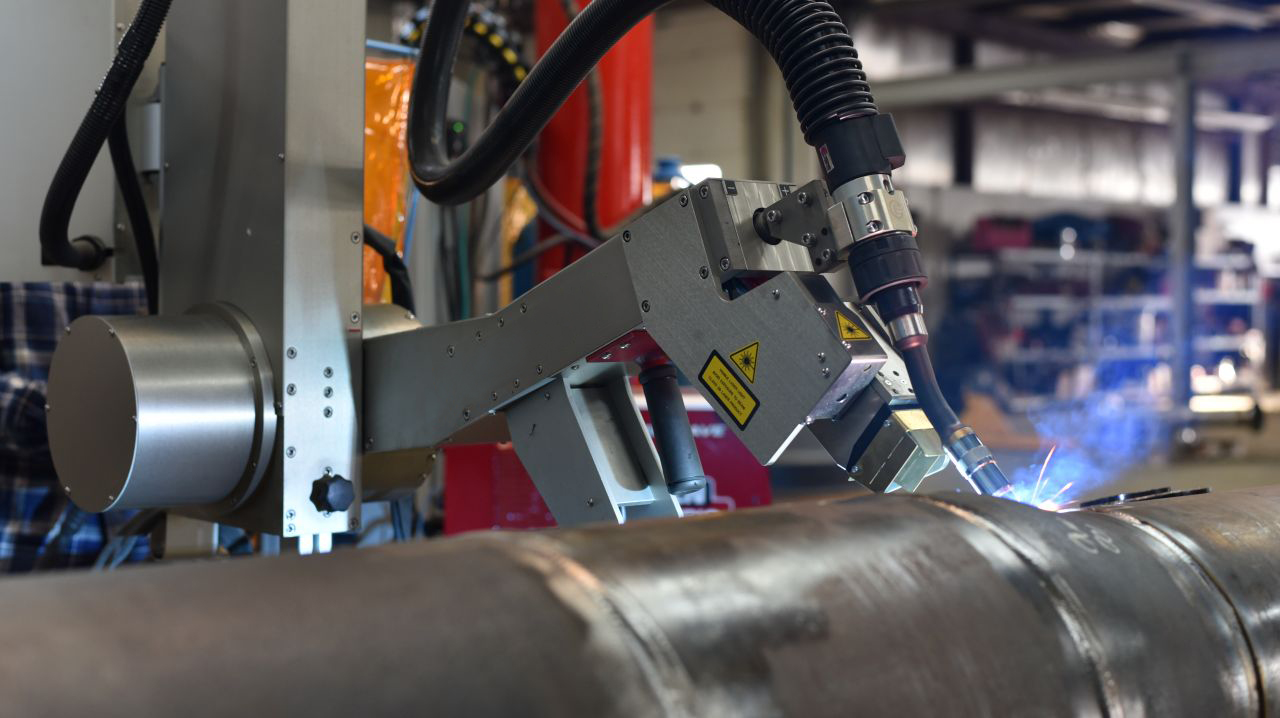
“I’ve seen a couple of other robotic arms, and I had multiple people emailing me different information about different robotic systems when I was originally looking at the Novarc system. So, I definitely had a peak at a few that were on the market. But the Novarc system was really tailored towards the products and services that we sell and really specific to pipe spooling. I was really interested to see that we can do small piping work with the SWR because that’s a lot of what our general products are (around 2” – 12”)”, says Eno.
It didn’t take long before their operators were trained to use the robot and use the SWR in production. “I’d say for the younger welders it wasn’t so much of a learning curve. The younger guys are definitely trying to utilize it like a controller and a screen similar to playing a video game. I think it’s attractive for the next generation of trades people wanting to come into a more technical environment and utilize more technical tools. When you mention that it has artificial intelligence and machine learning, it really gets the younger generation interested. A lot of them don’t really want to go into conventional welding, so it’s a good way to attract the technical generation that we have coming up into the construction tradeworld”, says Eno.
The Bottom Line
With the SWR, Robofab has been able to achieve an average of 250 diameter inches per shift, significantly improve their weld quality, lower production costs by 20%, and reduce their dependency on highly skilled welders.
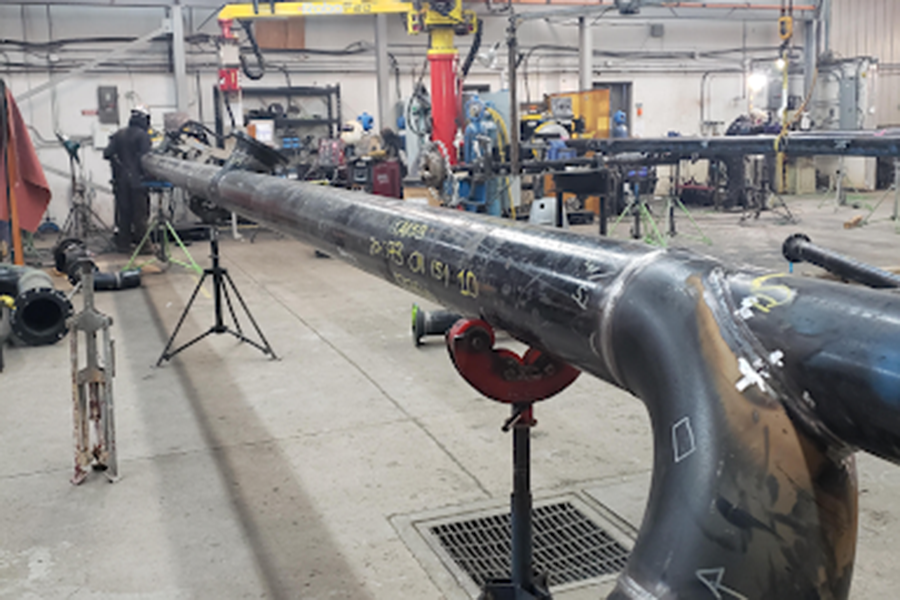
Productivity Improvements
On average, Robofab is achieving around 250 diameter inches per shift with the SWR. “We have tried a few different things, and I think we got 400 dia-inches one day. The majority of our days we are around 250”, says Eno. “We are a new business, so the ability to market the SWR to bring in a niche service is really valuable”.
Quality Improvements
By being a collaborative robot, the SWR minimizes human error and therefore reduces the failure rate from the industry average of 3-5% to less than 1%.
“The quality side of it is definitely the data aspect; the ability to tie in the weld data and video logs with our BIM information was a very big bonus. Being able to go in and have that level of inspection is really not achievable with the conventional methods”, says Eno.
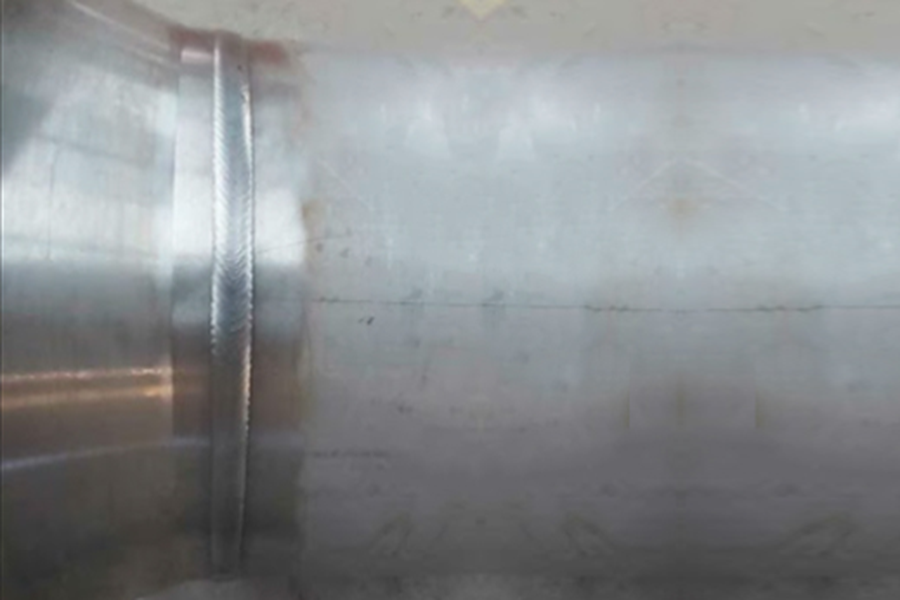
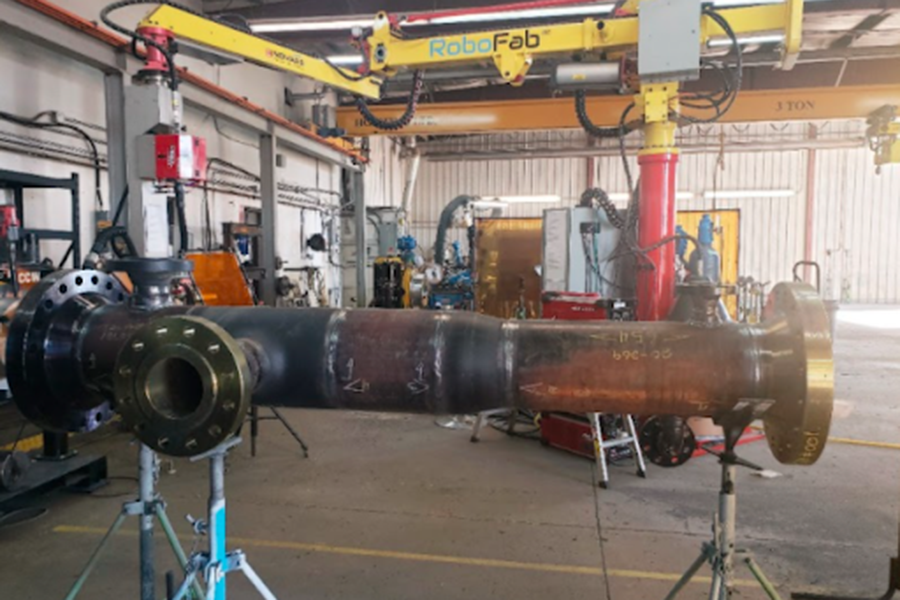
Lower Production Costs
Robofab has been able to solve one of their main challenges and has seen a 20% reduction in production costs using the SWR on stainless steel pipes. “The SWR has definitely assisted our efforts in providing lower costs for clients”, says Eno.
Reducing Dependence on Highly Skilled Welders
The pipe welding industry is currently experiencing a labour shortage crisis, and according to the American Welding Society, there will be a shortage of about 400,000 welders by the year 2024. With the SWR, RoboFab was able to reduce their dependency on highly skilled welders.
“The need to not have specialized welders that are getting harder and harder to find definitely helped us. We didn’t lower the number of our welders, we just increased tacking, because instead of welding they are now tacking. The process doesn’t actually eliminate the welders, it just takes away the highly skilled welders that cost you a lot of money”, says Eno.
About Novarc Technologies
Novarc Technologiesis a Canadian-based robotics company specializing in the design and commercialization of collaborative robots for industrial applications. Novarc’s Spool Welding Robot (SWR) is the world’s first of its kind in pipe welding application. Novarc’s SWR has built a reputation for its unique form factor and advanced features for pipe welding not unlike a human’s precision and dexterity, with an operator-friendly user interface, adaptive control systems for accurate torch control, and machine learning algorithms to detect features.
As a proven pioneer in the field, Novarc has a dedicated team of engineers and scientists eager to solve challenging industrial automation problems that improve customers’ bottom line. The welding industry is looking to adopt these technologies in order to solve the shortage of qualified welders, accommodate the millennials workforce, and solve the cleantech challenges of this century.